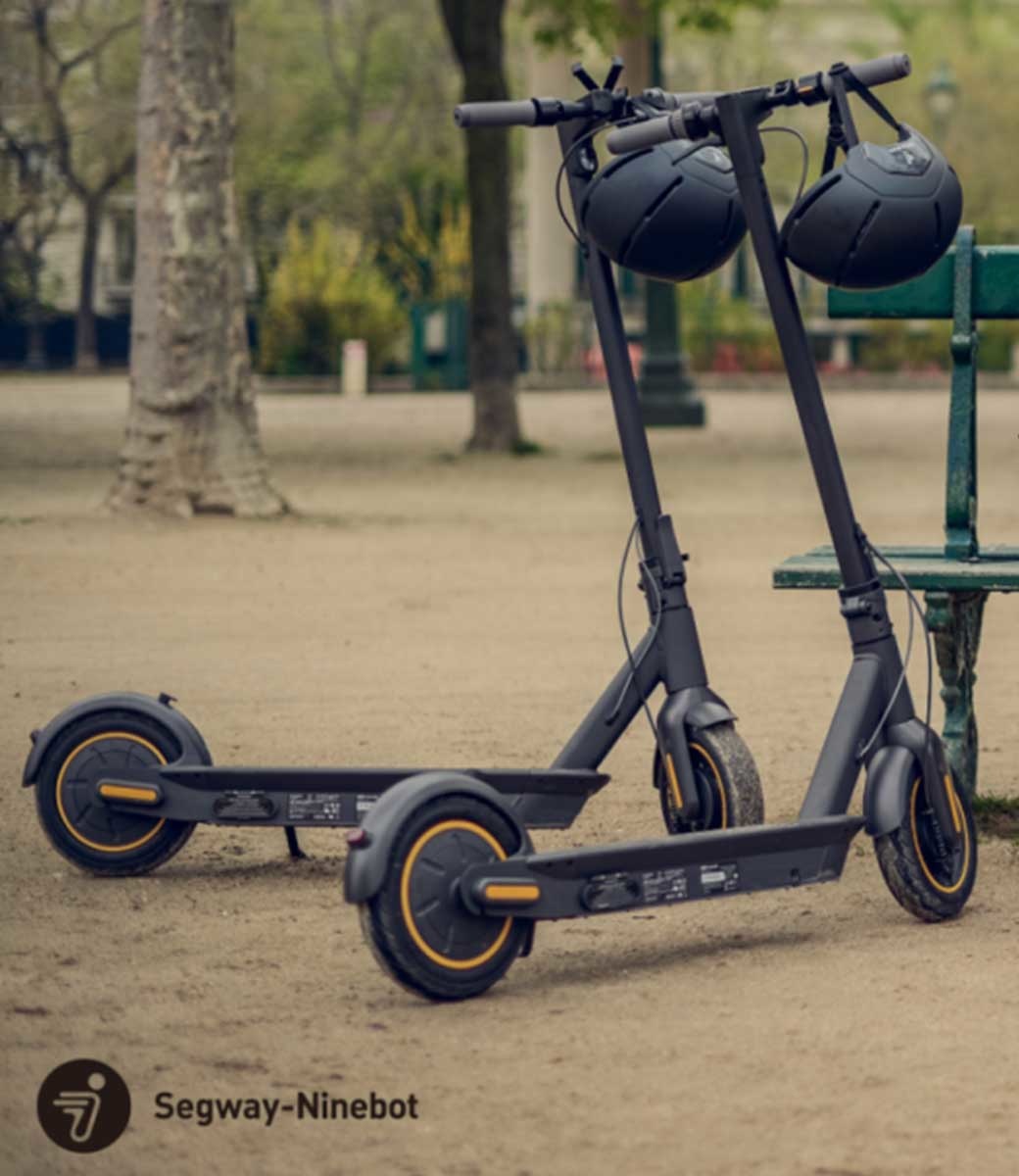All in all, we’ve learned which 3D printed parts are being used by bike companies and how people are using 3D printing . We’ve learned how the technology may be able to disrupt value chains , what kind of preconditions exist to make it extra disruptive, the different market entry scenarios that exist in cycling, the relevant additive manufacturing (AM) technologies for the bicycle industry and what abilities AM has that other technologies do not. Now, we’re going to look at why this is relevant today.
.
A plethora of electric vehicles pass me by as I ride my bike. There are electric scooters, electric motorcycles, one-wheeled contraptions, knock off Segways of all sorts, electric skateboards, electric longboards, hoverboards and electric bikes. The scooters are made by companies such as Eskute, Hoverstar, Swagtron, Unagi, OIUT, Gotrax, Glion, Razor, Slidgo, and Gyoor. They have prices from $100 to $700. Then there are electric scooters you can sit on from Super Soco, RadRunner, Govecs and staid German TV brand Grundig. There are e-bikes from Propal, Vyber, Watt, All of the regular brands, plus Cowboy, Stromer, Brinckers, and more. In the Netherlands, over 1,007 different models of e-bike are available. Their prices range […]
Case Study: How PepsiCo achieved 96% cost savings on tooling with 3D Printing Technology
Above: PepsiCo food, snack, and beverage product line-up/Source: PepsiCo PepsiCo turned to tooling with 3D printing...






























0 Comments